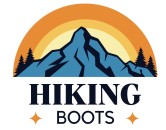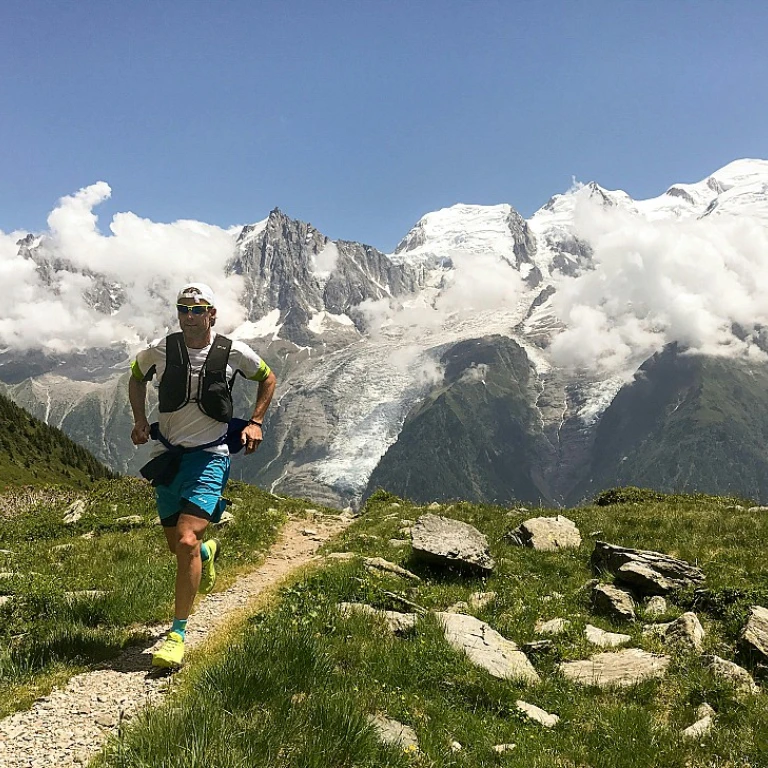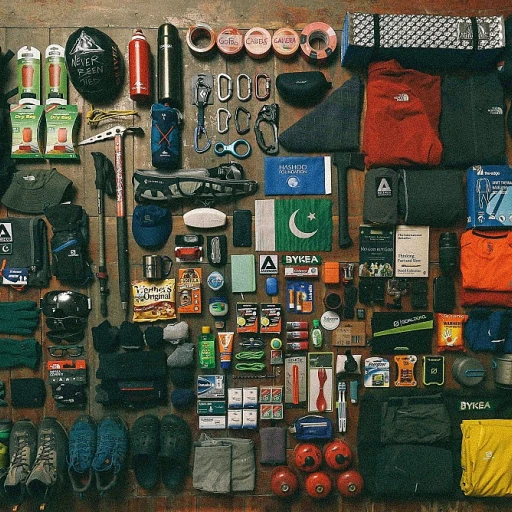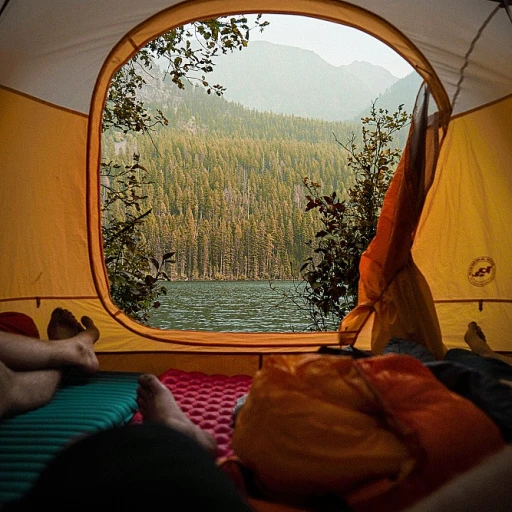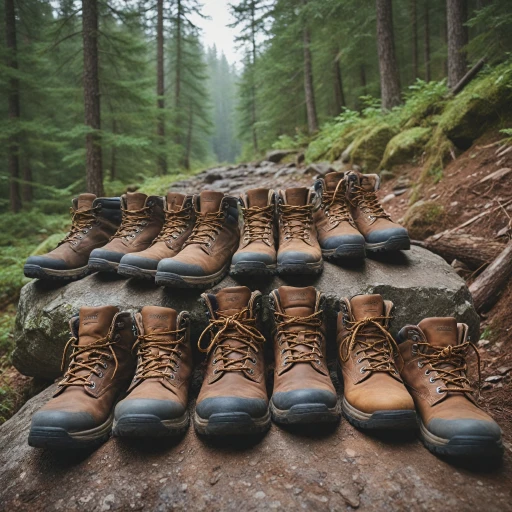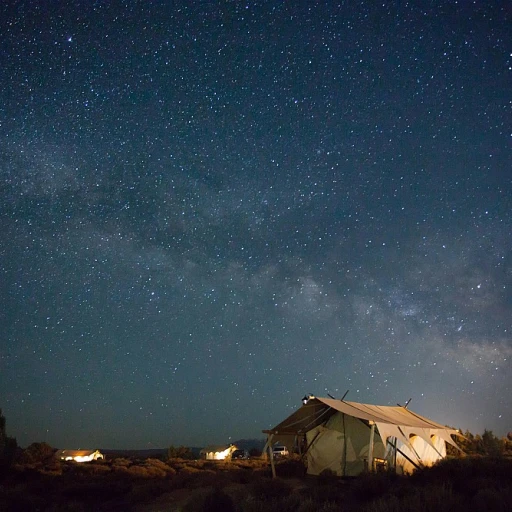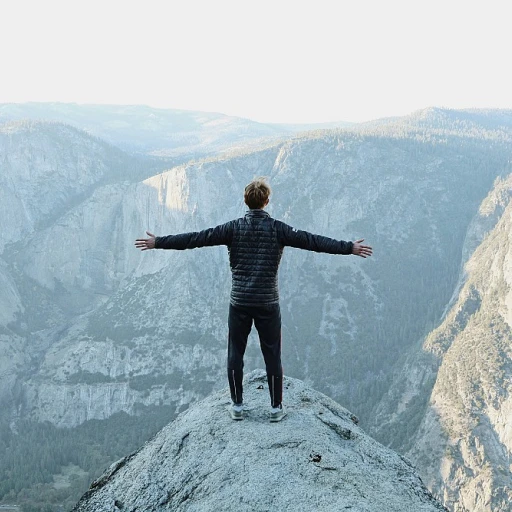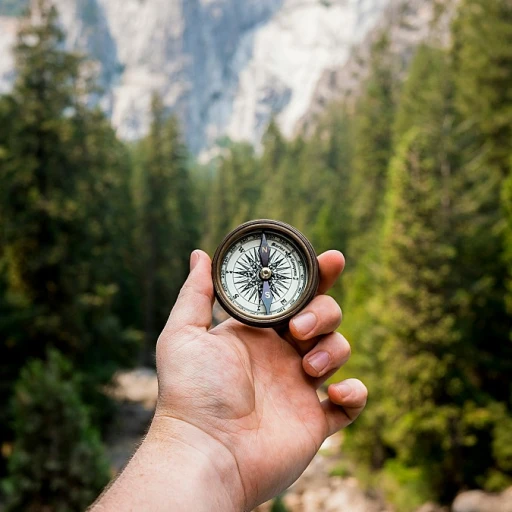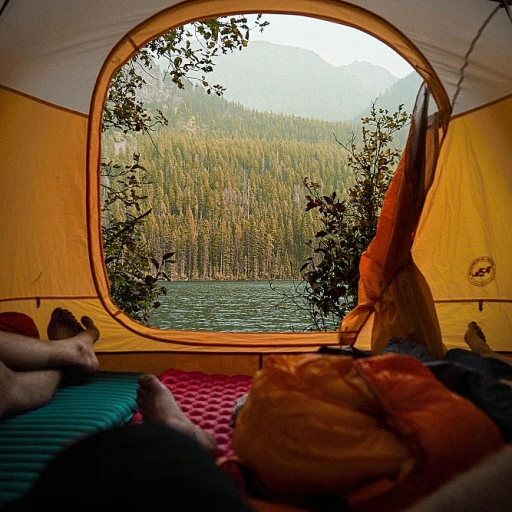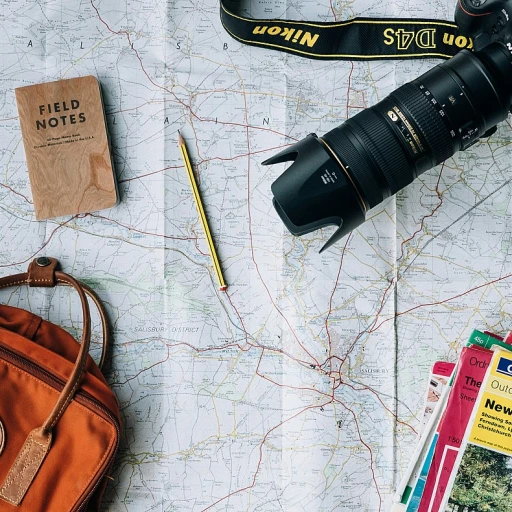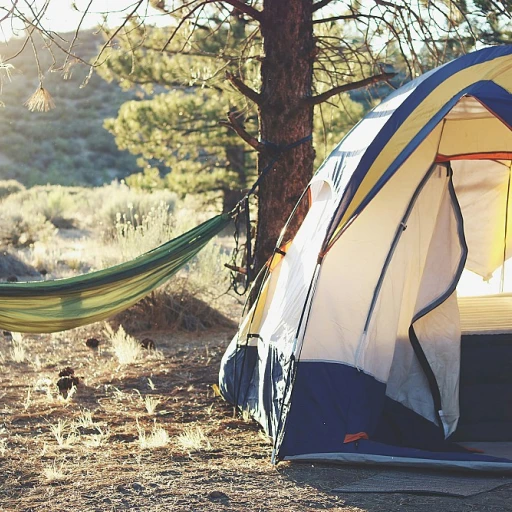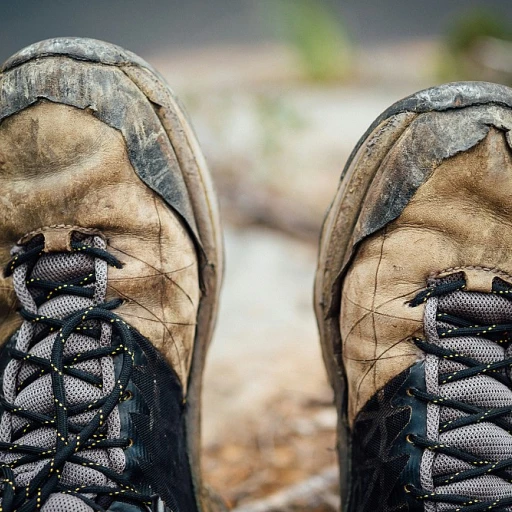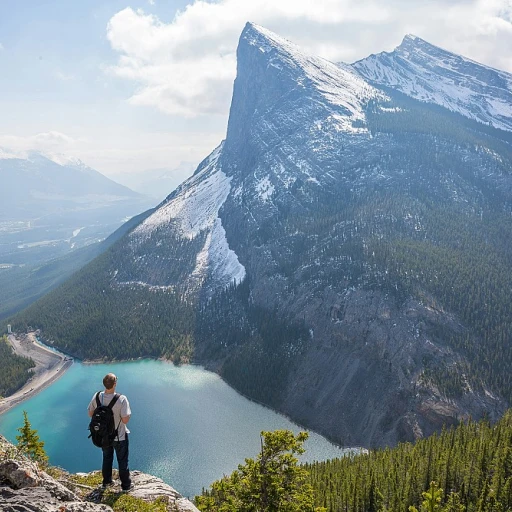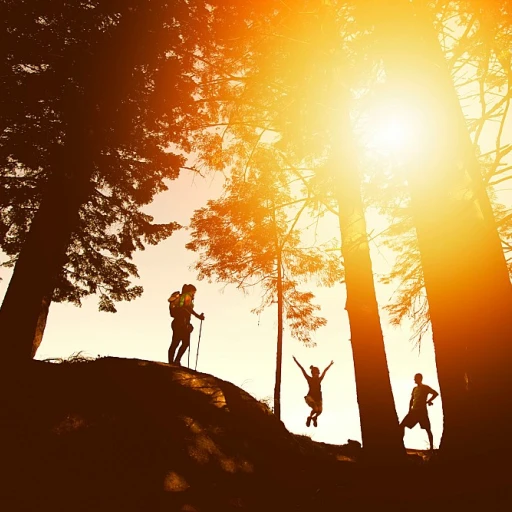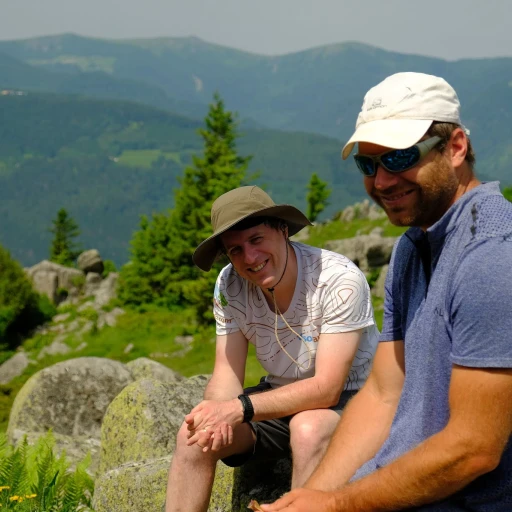
Understanding the Terrain of Patagonia
Patagonia’s Rugged Beauty: A Diverse Terrain
Exploring the trails of Patagonia is a dream for many hiking enthusiasts, but understanding the terrain is crucial for a successful trip. Stretching across Argentina and Chile, Patagonia offers a dramatic landscape that's both breathtaking and challenging. From the iconic peaks of the Fitz Roy and the rugged trails of Torres del Paine National Park, to the vast ice fields of the Perito Moreno and Grey Glacier, the region is a hiker's playground. The trails in Patagonia vary significantly in elevation gain and conditions, presenting unique challenges that call for careful planning. Whether you're day hiking in Los Glaciares or embarking on a multi-day trek through the Valleys of Las Torres, the terrain can range from rocky and steep paths to more gentle, flat areas near the lakes and valleys. Travelers often find accommodations ranging from rustic to luxurious in the nearby towns and hotels. Whether you base yourself near the Paine Grande or opt for a cozy stay in a hotel around Buenos Aires, proximity to the trails is key. Additionally, the season can dramatically affect trail conditions, with summer offering more accessible paths, while winter presents harsher, snow-covered routes. Adapting to Patagonia’s dramatic environment requires the right gear. Choosing the appropriate hiking boots can make the difference between an awe-inspiring adventure and a grueling trek. Our guide on mastering the art of choosing hiking boots for backcountry adventures provides further insights into selecting the best footwear to tackle these diverse conditions, ensuring comfort, safety, and enjoyment throughout your journey.Key Features of Hiking Boots for Patagonia
Must-Have Boot Features for Conquering Patagonian Paths
Embarking on a trek through Patagonia, with its dazzling landscapes of Los Glaciares and Torres del Paine National Parks, demands a pair of hiking boots that can keep pace with your adventurous spirit. Each trail, whether ascending the majestic Fitz Roy or skirting the shores of Lake Grey as you gaze upon the Moreno Glacier, sets particular demands on your footwear. Here's a breakdown of the essential features you should consider.- Durability: A good pair of hiking boots should be made from durable materials that withstand the rugged terrains, from the harsh ascents of Cerro Torre to the sometimes muddy paths through Paine Grande.
- Waterproofing: Travelling through areas like Chilean Patagonia can mean sudden weather shifts, so waterproof features are crucial. Look for boots with Gore-Tex lining or similar fabrics to keep your feet dry whether you're navigating a day hike around Perito Moreno or exploring the vast trails of Valle de las Torres.
- Ankle Support: The elevation gain in places like the National Park is no joke. To avoid sprains, opt for boots with solid ankle support when navigating steep descents and rocky trails, vital for those who want to fully embrace the elevation challenges.
- Traction: Trails around Patagonia, like those in Los Glaciares National Park, often feature loose and rocky terrain. It's vital to have boots with an aggressive tread pattern, providing grip and stability on varied surfaces, from slippery stones to dry desert areas.
- Breathability and Comfort: As important as support and protection are, you won't want boots that make your feet sweat excessively during a day's trek through the breathtaking valleys or on a long hike from National Park to hotel accommodation. Breathable materials will keep your feet cool, especially important during midday elevation hikes when temperatures may rise.
Material Matters: Choosing the Right Fabric
Importance of Choosing the Right Materials
When embarking on a hike through the stunning landscapes of Patagonia, from the jagged peaks of Fitz Roy in Argentina to the dramatic valleys of Torres del Paine National Park in Chilean Patagonia, selecting the right material for your hiking boots is crucial. These trails, with their diverse elevation and sometimes unpredictable weather, demand footwear that can withstand a variety of conditions.
For those trekking the trails of Paine Grande or exploring the vast expanses of Los Glaciares, the right material can make all the difference between comfort and disaster. Here are some key materials to consider when choosing your next pair:
- Leather: Known for its durability and water resistance, leather is a classic choice for wet or rough terrain. It’s ideal for longer treks like those around the Moreno Glacier or the complex routes leading to the stunning views of Cerro Torre.
- Synthetic Fabrics: Lighter and quicker to break in, synthetic materials like nylon and polyester can offer breathability and flexibility, which is beneficial for day hikes when covering less elevation gain.
- Gore-Tex: For ventures involving unpredictable weather conditions, such as those experienced at Perito Moreno or near the grey glacier, Gore-Tex offers waterproofness while still allowing your feet to breathe.
- Right fit: Choosing materials is not just about protection—consideration of the fit is crucial to avoid fatigued, blistered feet during extensive trips.
As you plan your excursions, whether it's a day hike at Torres del Paine or a more extended experience involving overnight accommodation at hotels like those found in Buenos Aires or within national parks, remember that the material of your boots will play a significant role in your overall comfort and the enjoyment of your hiking trip.
Fit and Comfort: Avoiding Blisters and Fatigue
Prioritizing Fit for Long Adventures
Ensuring your hiking boots are a perfect fit is crucial for avoiding blisters and fatigue during your Patagonia adventures. Whether you're embarking on a trek to the iconic Torres del Paine or exploring the breathtaking trails of Fitz Roy, the right fit can make or break your hiking experience. Consider these tips when selecting boots:- Proper Sizing: It might seem obvious, but ensuring that the boots match your size is pivotal. As you encounter varying elevation gains throughout the national parks, like in Los Glaciares or around the Moreno Glacier, a snug yet comfortable fit will accommodate different terrains and conditions.
- Try Before You Buy: Always try on boots with the socks you'll wear during your trip. Whether you're on a brief day hike around Lake Pehoe or a long trek through the vast valley trails, different socks can impact the fit and comfort of your boots.
- Walk Around Inside: Before committing, walk on different surfaces indoors to simulate a Patagonia trail experience. Consider if there is any slippage or discomfort, especially in the heel area, as this can lead to unnecessary fatigue during your trek.
Maintenance Tips for Longevity
Preserving Your Boots for Those Endless Trails
Maintaining your hiking boots is pivotal in extending their life, especially when trekking across the rugged landscapes and diverse terrains of Patagonia. Whether you're navigating the steep inclines of Torres del Paine National Park or taking a more leisurely day hike around Moreno Glacier, thoroughly caring for your footwear ensures you get the most out of every step. First and foremost, always remove any mud or debris after a hike. This not only keeps your boots looking their best but also helps prevent degradation of the material, whether leather or synthetic. Utilizing a soft brush can be quite effective, particularly after a trek through the varied landscapes of Los Glaciares or the rocky paths near Fitz Roy. Drying your boots correctly is essential, particularly after trails that may involve wet conditions, such as around Grey Glacier or along the lakes in the Del Paine area. Stuff wet boots with newspaper to absorb moisture—never place them too close to direct heat, as this can cause cracking or warping. Regularly check for signs of wear and tear, especially after a trip from Buenos Aires into the cooler climates of Argentinian Patagonia. Address any issues promptly, such as repairing small rips or re-waterproofing, to avoid discomfort during your next valley exploration. Don’t forget to address the inside of your boots as well. A comfortable, dry interior is as crucial for avoiding blisters as a proper fit. Consider airing them out and ensuring insoles remain intact after every hike. Finally, when you’re relaxing at your accommodation hotel in Las Torres, take the time to treat the leather with a nourishing leather conditioner or apply a waterproofing spray to your synthetic boots. This helps them withstand the Chilenian Patagonia’s unpredictable elements, ensuring you're ready for any adventure that brings elevation gain challenges or a peaceful trail through nature’s wonders.Recommended Brands and Models
Top Choices for Your Patagonian Adventure
Embarking on a hike through the stunning landscapes of Patagonia, such as the trails of Torres del Paine National Park or Los Glaciares, demands the right pair of hiking boots. Given the diverse terrain, which includes everything from the imposing Fitz Roy to the serene Moreno Glacier, selecting a reliable brand is vital for comfort and safety. Choosing hiking boots specifically designed to tackle both the rocky paths and muddy valleys is crucial. Here's a handy guide to some of the recommended brands and models that hikers have vouched for when traveling through the wonders of Argentine and Chilean Patagonia:- Salomon Quest 4D 3 GTX: Excellent for multi-day hikes with varied elevation, this pair offers exceptional support and cushioning. It's highly favored for trails near Las Torres and the challenging ascent of Cerro Torre.
- La Sportiva Nucleo High II GTX: Known for breathability and comfort, these boots are ideal for day hikes and more extended treks alike, helping reduce fatigue as you traverse the beautiful parks.
- Scarpa Zodiac Plus GTX: A versatile choice for technical hikes, such as those near the Perito Moreno Glacier. It provides a precise fit, crucial for tackling Patagonia's rugged terrain.
- Lowa Renegade GTX Mid: A classic choice known for comfort and reliability. Perfect for exploring areas with significant elevation gain like Paine Grande or for extended travel opportunities.
